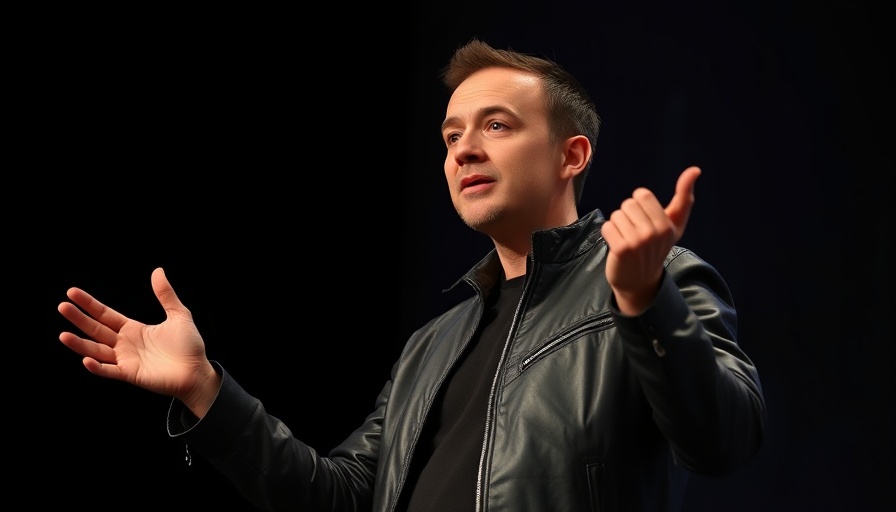
Welcome to the Future: Nvidia's GTC 2025
Nvidia's CEO Jensen Huang recently likened the Graphics Technology Conference (GTC) to the Super Bowl of tech, emphasizing that there are no losers in this arena. Yet, amidst the excitement, he faced the inevitable concerns regarding the emergence of Chinese artificial intelligence firm, DeepSeek. As Nvidia continues to solidify its dominance in the AI landscape, its latest technological advances were showcased alongside important discussions about market changes and competition.
Nvidia's Response to Competition
In addressing investor worries sparked by DeepSeek's R1 AI program—which previously incited a stock market sell-off—Huang highlighted Nvidia's plan to enhance processing capabilities dramatically with its new Dynamo software. This innovative tool claims to amplify DeepSeek's R1 processing speeds by up to 30 times, a remarkable improvement that companies in the AI industry are eagerly anticipating. The ability of Dynamo to distribute workloads across 1,000 GPUs holds significant implications for businesses that are increasingly looking to optimize their AI operations.
The Mark of Progress: New Chip Releases
As we navigate through the new wave of AI technology, Huang unveiled Nvidia's upcoming Blackwell Ultra chip, alongside the GB300 superchip which integrates two Blackwell Ultras with a Grace CPU. While the Blackwell series promises to redefine AI processing speeds, stock responses to the announcements weren't as bright as the technology itself, with Nvidia's shares dropping amid broader tech stock declines.
The Broader Implications of AI Technology
Huang asserted that, despite the drag of external factors on Nvidia's stock, the company remains a pivotal player in the expanding AI ecosystem. Market sentiment swings may have investors on edge, but many analysts see enormous potential in Nvidia's innovations. This is especially true as industry leaders leverage the burgeoning AI capabilities to outperform competitors.
Looking Ahead: What's Next for Nvidia?
As tech giants like Google develop their own AI models, Nvidia's market position will inevitably feel the pressure, prompting the need for continued innovation and strategic adaptation. The rapid advancements showcased at GTC 2025 embody a shift towards a more competitive landscape, resonating across industries. While risks remain due to fluctuating market sentiment and competition from emerging players, many believe Nvidia is poised for sustained growth.
Nvidia's journey showcases how rapidly evolving technologies can influence local and global markets. As businesses continue to adapt to new AI applications, the implications for economic forecasts, tech industry trends, and sustainability will be profound. In a landscape where innovation can dictate success, staying ahead of tech industry trends is key. Business professionals must watch closely as Nvidia navigates this dynamic environment.
 Add Row
Add Row  Add
Add 



Write A Comment